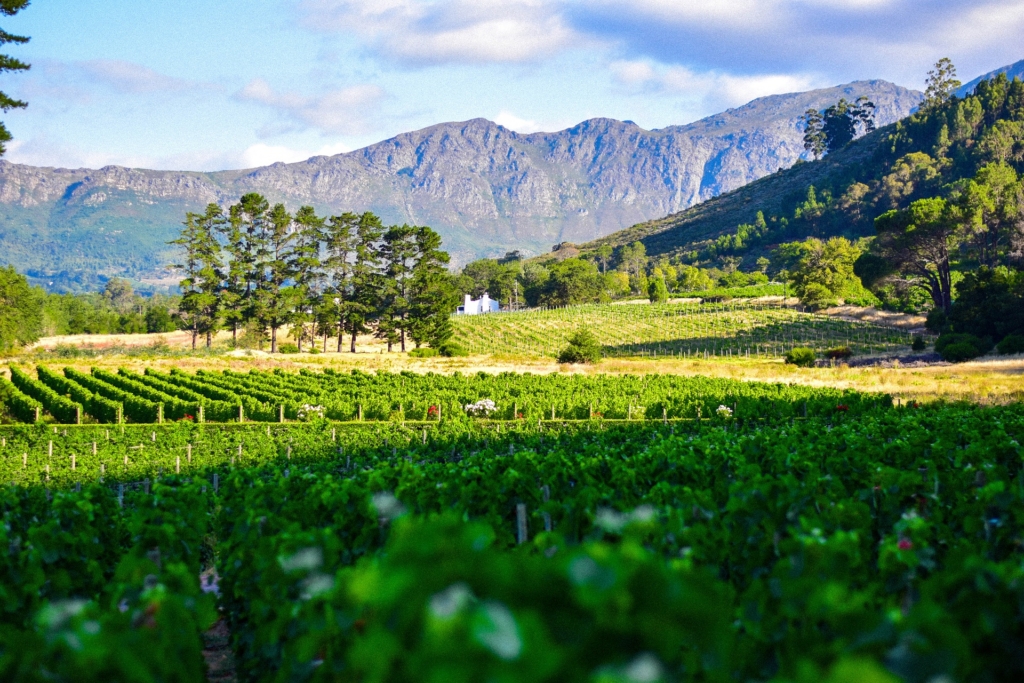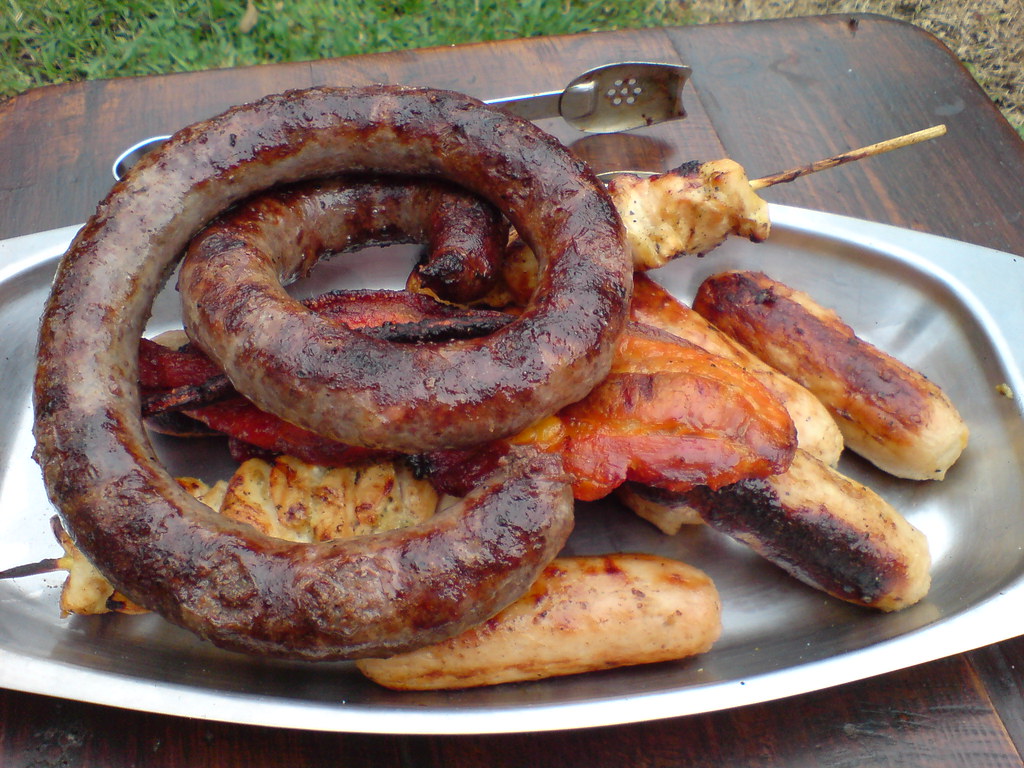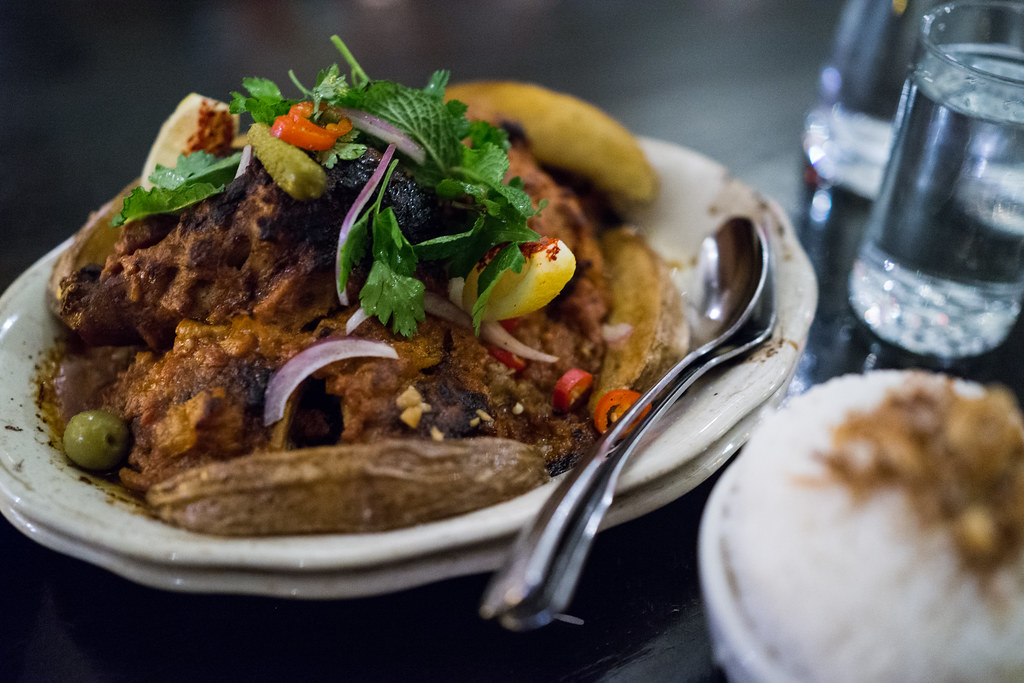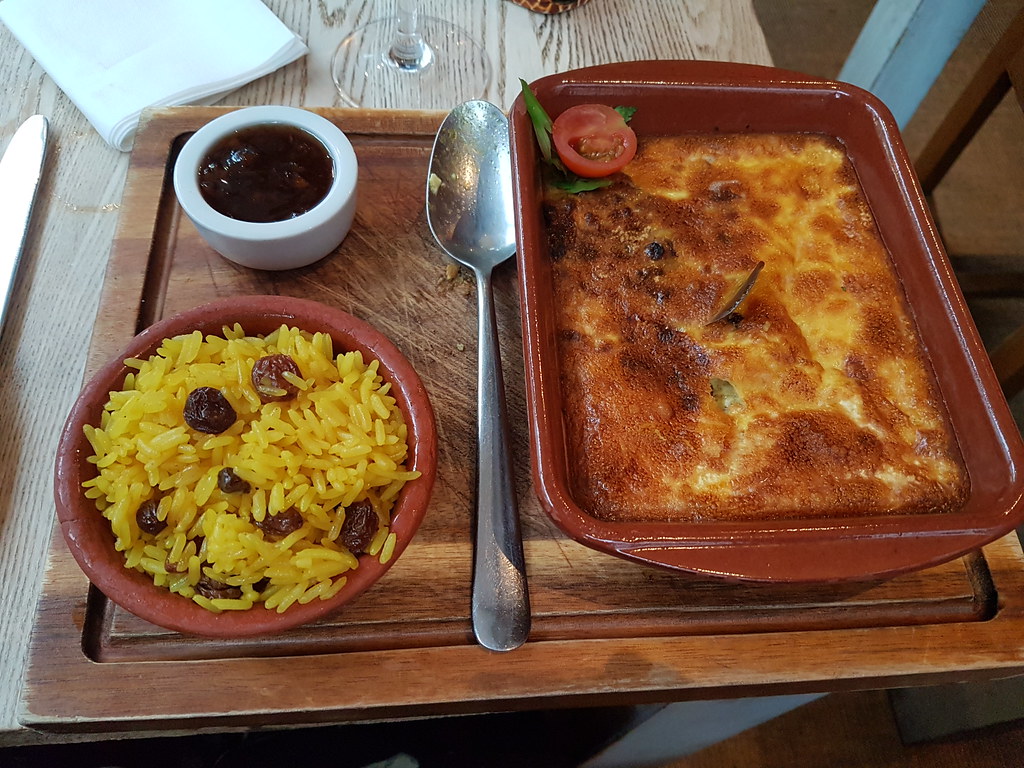Archbishop Desmond Tutu called South Africa a “rainbow nation” in 1994, using the phrase to describe the country’s post-apartheid community. Today, regional chefs are expanding that rainbow’s arc to cover South Africa’s cuisine and the diverse populations that contributed to its creation.
Cuisine of Conquest, Colonization, and Community
The “rain before rainbows” metaphor does not hold up, in contrast, to the extremely fraught history of South Africa after, during, and before aparthied. During South Africa’s early history, nomadic peoples ranged the cape, plains, and plateaus searching for wild grains, game, vegetables, fruits, and seafood. The temperate climate made early agriculture easy for previous hunter-gatherer communities.
The colonization of South Africa, a tragic turning point in the history of South Africa, began in the mid 1600s with the Dutch seizure of the region. South Africa was located at a crossroads between Europe and Southeast Asia, which was a foothold for the Dutch India Trading Company. So not only was South Africa viable land for growing European crops, but it also served as a valuable crossroads for the Dutch slave trade who brought enslaved people from other Dutch or European-controlled to colonized territories. Enslaved and indentured laborers from Malaysia, Indonesia, and India were sent to South Africa either to work the fields or the mines. White Dutch, Portuguese, English, and French settlers relocated to South Africa for trade and wealth opportunities, or to escape religious persecution from their home countries.

Influenced Foods of South Africa
The historical merging of all of these cultures and peoples (South African Indigenous, Malay, Indian, Dutch, English, Portuguese, and French), introduced a variety of ingredients, styles, and cooking methods to South Africa, thereby helping to produce the modern South African cuisine we see today.
South African Indigenous: Biltong, Braais, and Beer
The Khoi, San, and Bantu are just some of the indigenous communities who are responsible for our first building blocks in the modern South African cuisine structure. Sorghum and millet, native grains to South Africa, were paramount in creating sustainable dishes that later morphed into iconic food and beverages. Most notable of these modern grain adaptations is Umqomboti, a sour fermented beer made from sorghum. Wild game and domesticated game brought South Africa two of the most beloved South African foods: biltong and braai. Biltong is an ancient type of sun dried jerky made with ostrich or springbok. Braai is South Africa’s version of a “cook-out”, and it features chargrilled pieces of mutton, lamb, goat, chicken, and sausages (boerewors).

England and Portugal: Corn and Piri Piri
Pap (in Afrikaans) is a style of corn porridge; it is a signature staple introduced to South Africa from English settlers via European slave ships coming from the “New World”. Pap is prepared much in the same way as the native grains were previously cooked. The corn is dried, crushed, and simmered to create a porridge. It can also be formed into cakes and stuffed or into patties and grilled Braai-style. The Portuguese introduced spicy peppers to South Africa from their South American colonies. Piri piri (the name for a super spicy hot sauce) is now a coveted chicken dish in South Africa.

India: Curry and Bunny Chow
Impoverished Indian indentured laborers came to work throughout South African territories. After their period of servitude ended, a sizable Indian merchant class population blossomed in the late 19th century. Indian people brought all the simmering, fragrant, delicious cooking techniques of India and applied them to South African ingredients. Bunny Chow is a style of mutton and/or lamb curry that is ladled into hollowed out loaves of white bread. It is believed that several Indian shop owners crafted Bunny Chow as a way to serve a myriad of South African customers, given that there were strict laws regulating who could be served and by whom; the hollowed out bread hid the curry from law enforcement.

Malaysian: Spices and Bobotie
During the 17th century, the Dutch India Company brought enslaved people and spices to South Africa from Malaysia. These ingredients and the imported knowledge and cooking skill of the Malaysian people led to the development of a unique subsection of South African cuisine known as Cape Malay. Unlike the spicy curries introduced by Indian laborers, Cape Malay cuisine is rich with fruit, bold spices, creamy sauces, and mild heat. Bobotie is a great example of Cape Malay cuisine in action; in this dish, lamb or beef is slow cooked in a Malay-style curry, and seasoned with dried fruit and nuts. Similar to shepherd’s pie, the meaty bobotie mix filling is topped with a savory egg custard and baked.

French: Pinotage and South African Wine
The French arrived in South Africa in the late 17th century. While seeking religious freedom, the French also happened to create one of the most famous wine regions in the world. With the country’s temperate climate, moderate winter rainfall, and sunny summers, the French quickly decided that South Africa is not all that different from Southwestern France. This modern wine region produced and still produces epic vintages with Pinotage, a variety similar in style to Shiraz, and is South Africa’s signature grape varietal.

Feature Image: Flickr user South African Tourism ( CC BY 2.0 )



